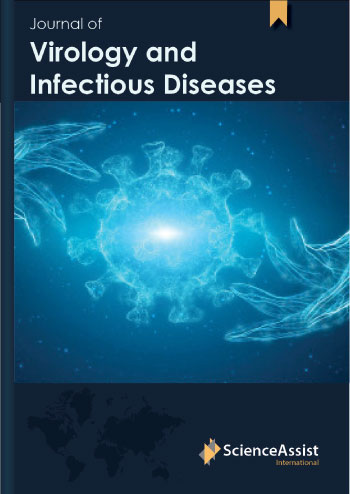
Volume 1, Issue 1 (2020)
1. Daniel TM. The history of tuberculosis. Resp Med. 2006; 100(11):1862-70. 2. Grange JM, Zumla A. The global emergency of tuberculosis: what is the cause? The journal of the Royal Society for the Promotion of Health. 2002; 122:78-81.
3. Sepkowitz KA. How contagious is tuberculosis? Clin Infect Dis. 1996; 23:954-62.
4. Shah M, Parpio Y, Gul R, Ali A. Educational Needs of Tuberculosis Patients Based On Their Experiences In Karachi, Pakistan. i-Manager’s Journal on Nursing. 2015; 5:20.
5. Sreeramareddy CT, Panduru KV, Verma SC, Joshi HS, Bates MN. Comparison of pulmonary and extrapulmonary tuberculosis in Nepal-a hospital-based retrospective study. BMC Infect Dis. 2008; 8:8.
6. McIlleron H, Wash P, Burger A, Norman J, Folb PI, Smith P. Determinants of rifampin, isoniazid, pyrazinamide, and ethambutol pharmacokinetics in a cohort of tuberculosis patients. Antimicrob Agents Ch. 2006; 50(4):1170-77.
7. Ettehad D, Schaaf HS, Seddon JA, Cooke GS, Ford N. Treatment outcomes for children with multidrug-resistant tuberculosis: a systematic review and meta-analysis. Lancet Infect Dis. 2012; 12(6):449-56.
8. Rastogi N, David HL. Mode of action of antituberculous drugs and mechanisms of drug resistance in Mycobacterium tuberculosis. Res Microbiol. 1993; 44(2):133-43.
9. Zhang Y, Wade MM, Scorpio A, Zhang H, Sun Z. Mode of action of pyrazinamide: disruption of Mycobacterium tuberculosis membrane transport and energetics by pyrazinoic acid. J Antimicrob Chemoth. 2003; 52(5):790-5.
